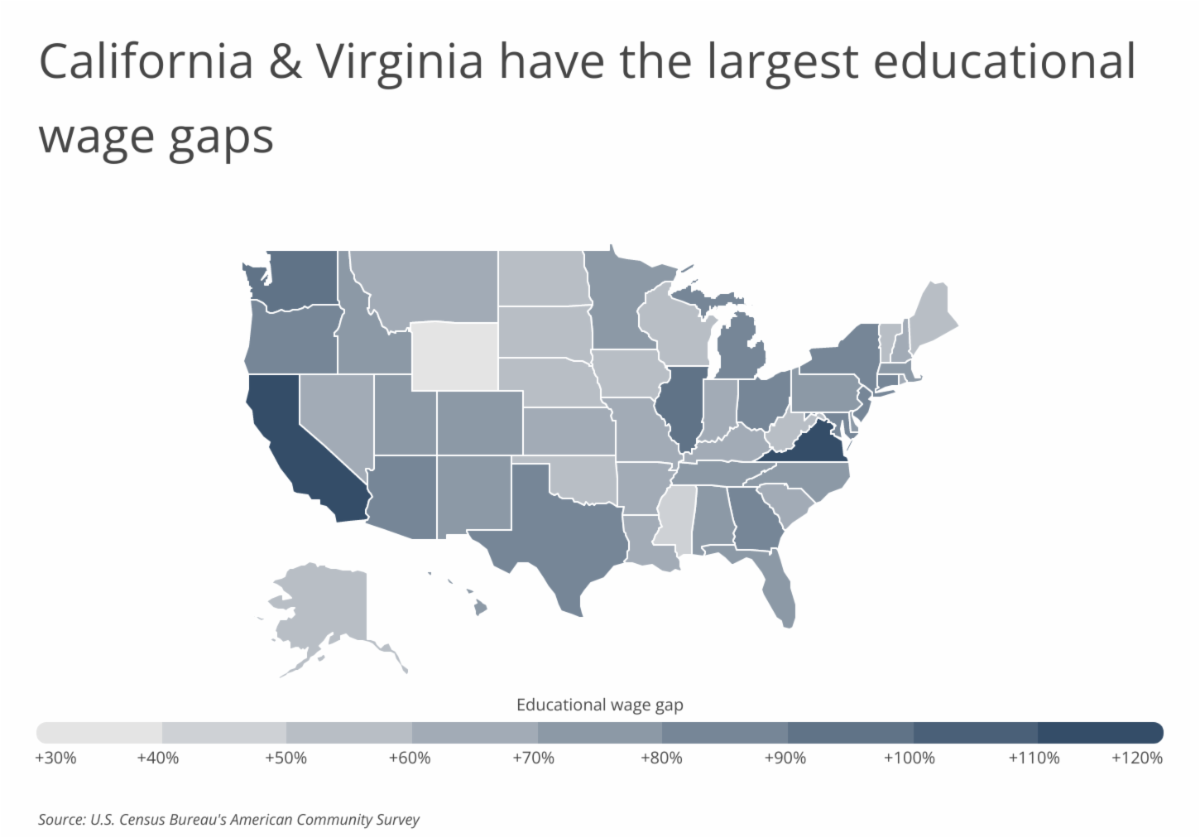While recent economic trends have encouraged companies to relax degree requirements as a way to attract more workers, for the last several decades higher education has been tightly coupled with economic opportunity in the U.S.
Unemployment rates tend to be lower for people with greater educational attainment, and wages tend to be higher. According to the Bureau of Labor Statistics, the median weekly earnings for workers with a high school diploma total $809, but for college degree holders that figure is $1,334, while those with professional degrees earn $1,924 per week.
But college education comes at a cost, and students in recent decades have struggled with rising tuition and fees. According to data from the College Board, inflation-adjusted tuition and fees for a public four-year college are 2.25 times higher than they were three decades ago, while private nonprofit four-year colleges cost 1.8 times more. This trend has only begun to slow in the past few years as colleges face declining enrollment in the face of greater questions about the value of higher education and a shrinking college-age population.

Historically, students’ belief in future economic returns on their education has mostly outweighed concerns over rising costs. In 2000, the share of Americans 25 years and older with bachelor degrees was 25%. Bachelor’s degree attainment in the U.S. has grown steadily since the turn of the century, and today, 35% of the 25-years-and-older population has their bachelor’s degree.
|


